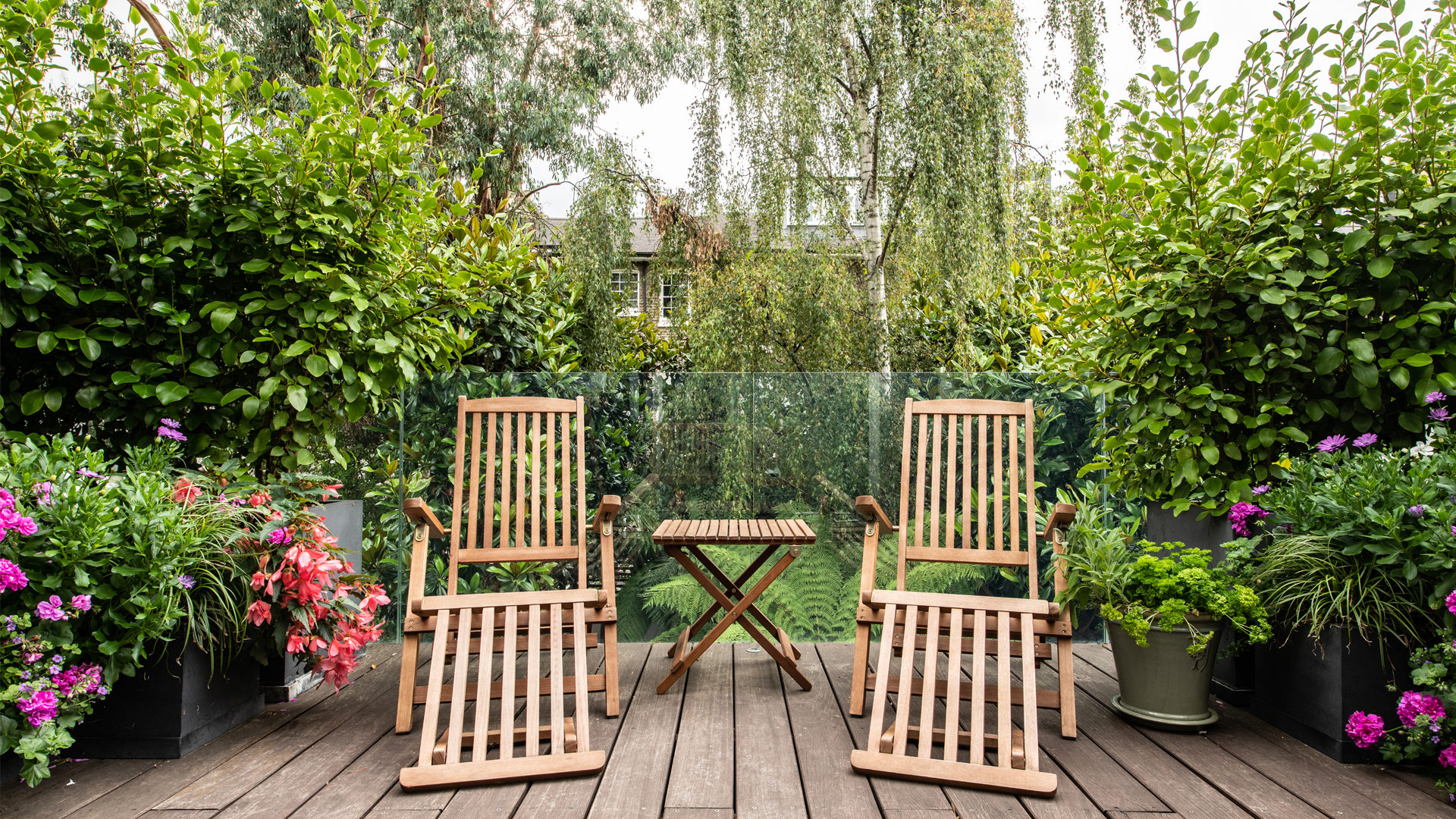
Gardens come in all shapes and sizes, but that doesn’t mean you can’t benefit from a great garden design. Design Director at Bowles & Wyer, James Smith, shares 5 ways you can make the most of a small garden…
Every garden, no matter how large or small can be a real asset, even more so in the challenging times we frequently find ourselves in. With many of us restricted to working from home, furloughed or even unemployed, we’re realising the huge benefit a beautiful garden can bring to our lives and wellbeing.
It’s clear there has been a real enthusiasm from people wanting to improve their gardens during the past year. This can vary from a complete makeover to simply dressing spaces with new furniture and pots. Whatever you decide to do, it always helps to have a plan in mind to make the most of your space!
Small garden spaces can pack just as much punch, if not more than larger plots. Modern housing developments often see gardens becoming smaller and smaller, particularly in urban or suburban areas where space is at a premium. However careful consideration and planning will maximise the potential of your small garden…
1: NO PLACE TO HIDE
In a small garden everything is on show and every millimetre counts. The space not only needs to function well and be practical, but also look great from multiple angles. Consider views from adjacent windows, from within the space and even from above.
Start by planning your garden on paper or on computer, and better still employ a professional designer to help you. Even if you don’t install the whole garden straight away, you will at least have a workable blueprint that you can refer back to time and time again, keeping you on track, not matter how long it takes!
2: LESS IS MORE
A common mistake can be to cram too many ideas, materials or features into a small garden. I always find this leads to an underwhelming and fragmented result. It’s far better to be decisive and bold with your decision making and I always think the approach of ‘less is more’ works well. Think about a colour scheme for furniture, paving and planting and try to stick to it. Instead of lots of small pots, perhaps think about larger statement planters? By keeping choices consistent and simple, this often makes a space feel larger.
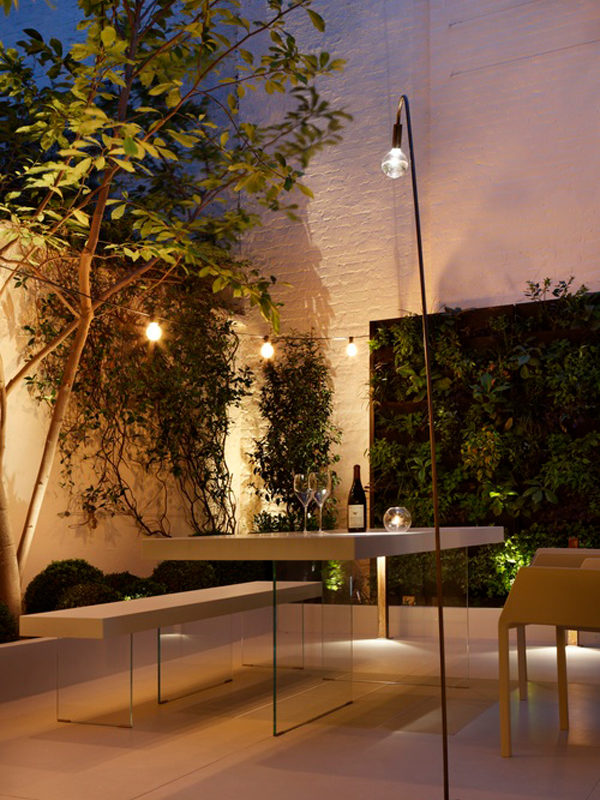
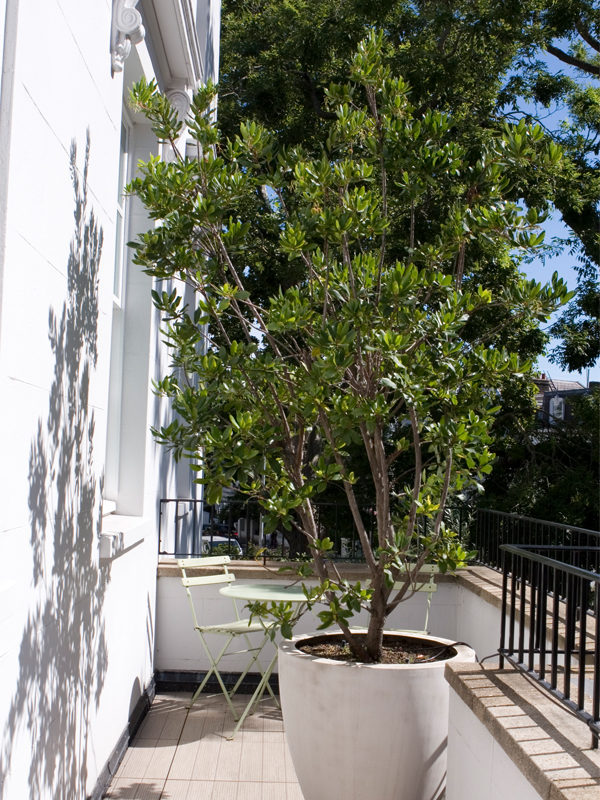
3: KEEP QUALITY HIGH
The benefit of a smaller garden is that you can usually afford to splash out a little more on higher quality materials, planting or features. Try to stretch your budget, without breaking the bank, and get the highest quality you can afford. You will appreciate it in years to come when you’re still enjoying the garden and its long-term durability and value.
4: BORROW LANDSCAPES
If you’re lucky enough to have a garden with great views beyond the boundary, or perhaps your neighbour has a lovely tree bordering your plot, make sure you maximise this in your design. Borrowing features from your surroundings can often make your space feel larger and give it a greater sense of depth.
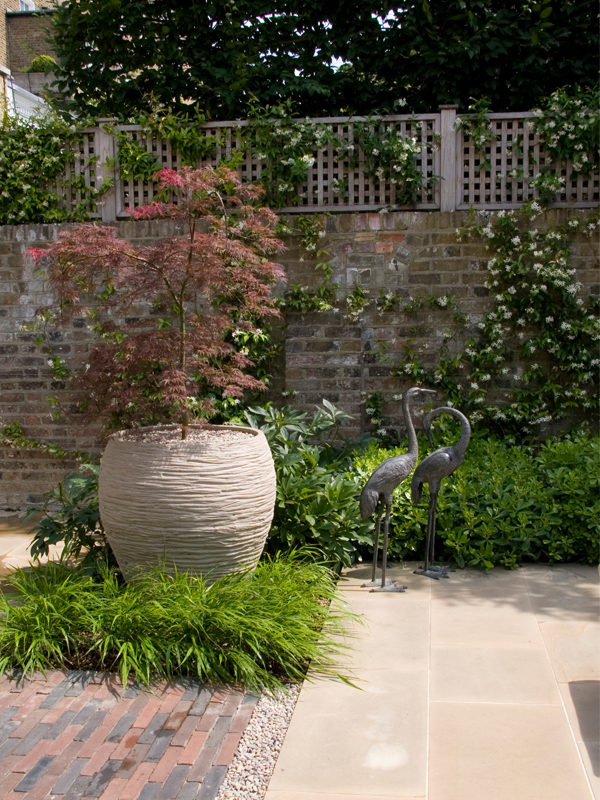
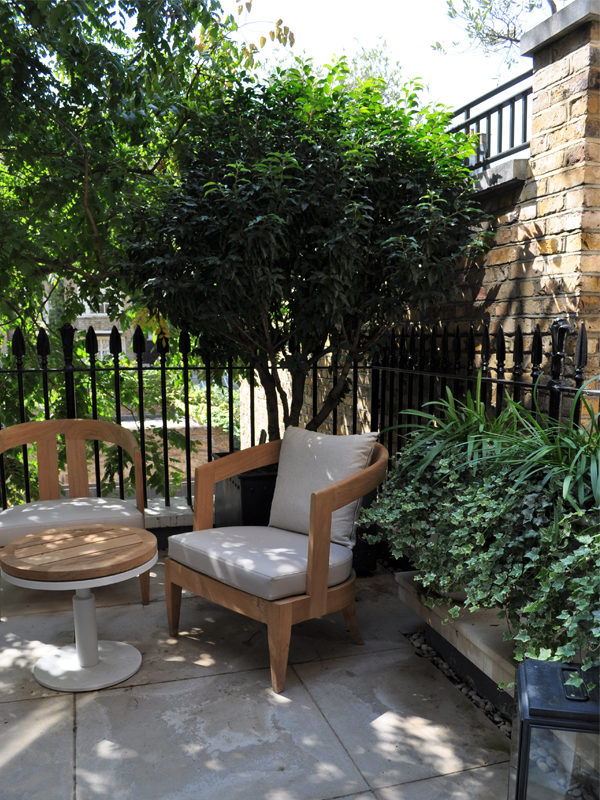
5: KEEP EDITING
A garden is never truly complete and should always evolve as you grow with it. Our lifestyles change as we get older, family members come and go, and experiences mould our appreciation for our gardens. What once may have been a garden for entertaining, may now be a restful space for yoga or reading a book by the fire.
Design styles can date with time and may need refreshing to complement your interior style. If something hasn’t worked out the way you expected, or a plant struggles to establish, change it to make sure it does, remember every millimetre counts in a small garden!
Perhaps most importantly, make the most of your garden by enjoying it throughout the seasons. And on those dreary winter days when you can’t get outside, make sure there’s always something to catch your eye and bring a smile to your face through the window.